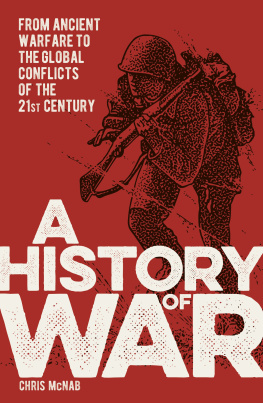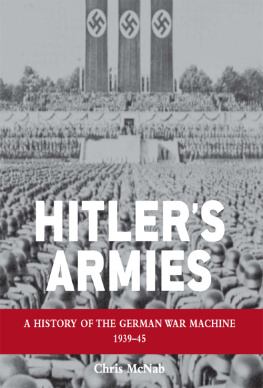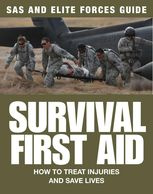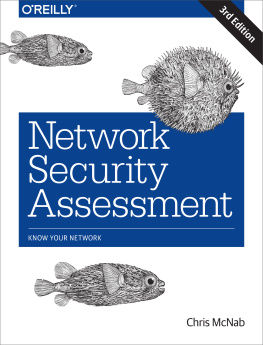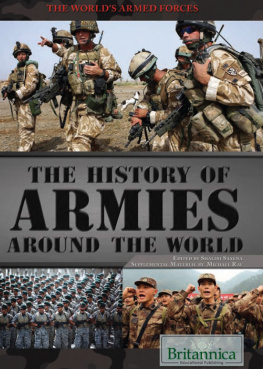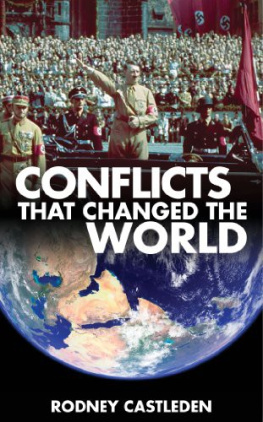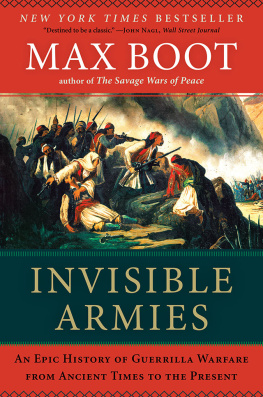Introduction
In 2016, a group of researchers from Cambridge Universitys Leverhulme Centre for Human Evolutionary Studies (LCHES) made a dark discovery 30 km (18.6 miles) west of Lake Turkana, Kenya, at a place called Nataruk. They unearthed the partial skeletal remains of 27 individuals, including at least eight women and six children. The skeletons showed clear signs of violent death blunt force trauma to the skull, face and limbs; bones smashed or broken; evidence of arrow wounds there were even stone arrow heads lodged in the skull and thorax of two of the men. The bodies were not buried, but left where the victims had been killed, by the side of a lagoon, the sediment from which eventually preserved them. The crucial fact about these remains is that they date up to 10,500 years in history. As such, they have been regarded as possibly the earliest evidence of human conflict.
It is impossible to say how, when or why warfare began. Certainly, as this book will seem to imply, the psychological structures that make human beings capable of killing another person appear deep-seated, and transcend time and culture. But warfare is different from individual aggression. War is organized violence between groups, states or societies, typically fought according to a specific objective or purpose, either offensive or defensive. Why it began is rather more difficult to say. Certainly, locally rising population densities produced competition for scarce resources. Prehistoric societies often lived their existence on the very edge of starvation, thus any attempt by rival groups to encroach on hunting or foraging grounds would easily have led to conflict. The combatants would have readily applied hunting weapons and tools to inter-human fighting, in the attempt to gain advantage through technology, as primitive as it was. Early weapons included wooden spears for both stabbing and throwing, their points fire-hardened for penetration; a variety of wooden or bone clubs; rocks and stones, either hand-gripped, thrown or, from about 6,000 bce , attached to a haft to apply greater leverage and force. The simplest hand axes i.e. roughly sharpened rocks held in the hand date back 1.7 million years. The bow and arrow, however, is more recent around 60,000 years old. The impact of this invention on both hunting and early warfare cannot be underestimated. It meant that killing could be conducted with precision and at range; a bow-armed warrior could therefore take on assailants who were much stronger physically than he, yet still win the fight through skill rather than brute muscle power. Indeed, an underlying influence behind the evolution of warfare is surely weapon design itself. Looking throughout history, we can make a convincing argument that the development of ever-more sophisticated weaponry and armies almost demands the pursuit of war to justify them; de-escalation has never been a strong point of humanity.
What anthropological and archaeological research has established beyond doubt is that by the beginnings of recorded history, around the 4th millennium bce , warfare was engrained in human culture. This book provides an overview of that history to the present day, charting the major wars, technological leaps and personalities that have shaped the world by force of arms. The underlying story is tragic, the narrative here unable to delve into the individual human chaos, misery and violence that characterized each and every war. The wars contained within this book were fought for reasons far more elaborate than the subsistence conflicts of prehistoric times. Here, we will witness nations, continents and even the entire planet going to war for an unedifying spectrum of economic, imperial, colonial, social, religious, demographic, dynastic and territorial reasons. On occasion, the personal ambitions or angry whims of one or two individuals could lead to conflicts costing thousands or millions of lives. Within these conflicts, indeed any war, the individuals who fight or the civilians who attempt to survive have stories of their own, each worthy of a book in itself.
Looking across the world today, it is evident that war will remain a part of ongoing human activity. This book, therefore, provides an insight into the practice of warfare up to the present age, but we wait to see what will certainly come in the future.
Chapter 1
Ancient and classical warfare
Between the Bronze Age and the Iron Age, a period of some three millennia, warfare underwent a revolution in scale and practice. Battles went from small, localised affairs to major clashes of states and cultures, fought by armies that could number in the tens of thousands.
The very earliest instances of human combat, as our introduction explained, are fogged out by time, but the discovery of grave sites and rudimentary weaponry give us some scattered snapshots of highly personal violence. From the 4th millennium bce , however, an entirely different picture begins to emerge, courtesy of early architectural and written records. We enter the age of organized warfare, prosecuted between states and empires who commanded structured armies. It was a shift from which humanity would never return.
The reasons behind the birth of warfare are socially and historically complex, but we can trace some general roots. The growth of major settled civilizations in the 4th3rd millennia bce especially in the Middle East, North Africa, China and India generated the wealth, motivation and population base sufficient to form substantial armies. City-states, the predominant socio-economic structure, may have been at the vanguard of human cultural development, but they were also insecure entities, the catalyst for regional power politics, dynastic tensions, nervously protected wealth and ever-growing material demands. The resulting aggression or fear led to snowballing militarization, not only evidenced in defensive architectures, but also in the rise of the army, a large-scale military force representing state interests and with a high degree of organization. The latter point is crucial. To function properly and coherently, an army requires: a clear command structure; defined units and formations; some measure of standardized weaponry, equipment and uniform; an agreed tactical doctrine (embedded through training); and, ideally, a sense of shared mission and morale. The degree to which these are achieved, as we shall see throughout this book, varies wildly across history and location. But for our first glimpse at an organized army, we journey to Mesopotamia, c.3500 bce .
Early armies
The historical region we refer to as Mesopotamia sits along the Tigris and Euphrates rivers, bounded by the Mediterranean Sea to the west and the Persian Gulf to the east, and covering parts of what is today Iraq, Kuwait, Syria and south-eastern Turkey. In the 4th3rd millennia bce , it was a region of city-states such as Kish, Lagash, Uruk and Ur, ruled by a mixture of theocratic, monarchical and democratic systems. Although Mesopotamia had a spectrum of cultures, it was dominated for long periods by the Sumerians and Akkadians, both of whom would build regional empires.
In addition to its opulence and sophistication, Mesopotamia was also emphatically warlike, as the assorted rulers fought over dynastic succession, land, water, trade routes, mineral resources, borders and cultural supremacy. An invaluable insight into the composition and tactics of early Sumerian armies comes with the Royal Standard of Ur, a wooden box inlaid with mosaic scenes of conflict and peace, dated to c.2500 bce (it is currently held in the British Museum in London). The War panel of the box shows, across three tiers, a Sumerian military force conducting a border war. In the uppermost tier, we see the supreme commander, the king (likely Ur-Pabilsag, died c.2550 bce ), standing tall in the centre, facing a row of defeated and subjugated enemy soldiers. Behind him is a four-wheeled royal chariot, pulled by mules or onagers, plus his royal bodyguard force, the men gripping spears and small battle axes.

